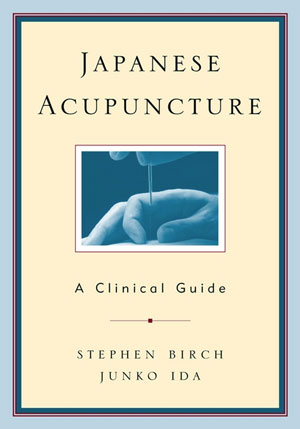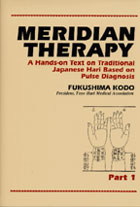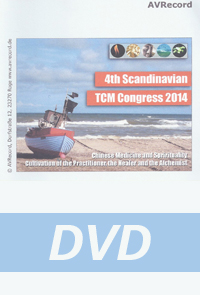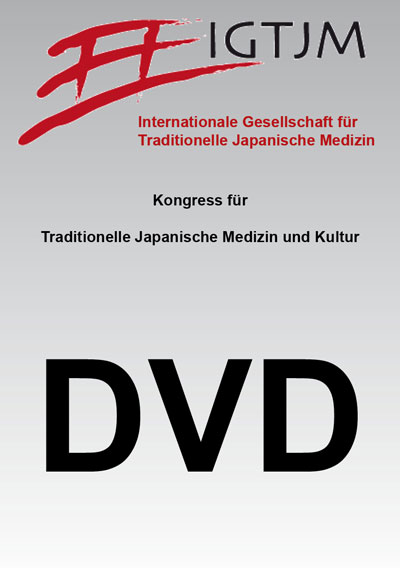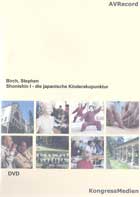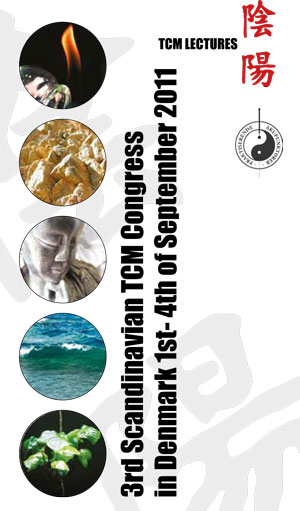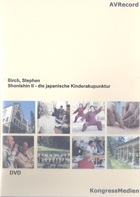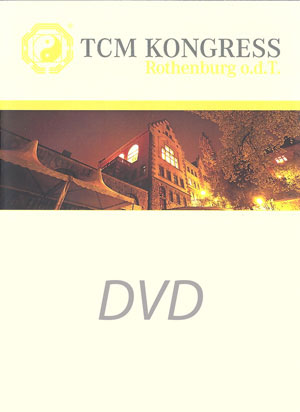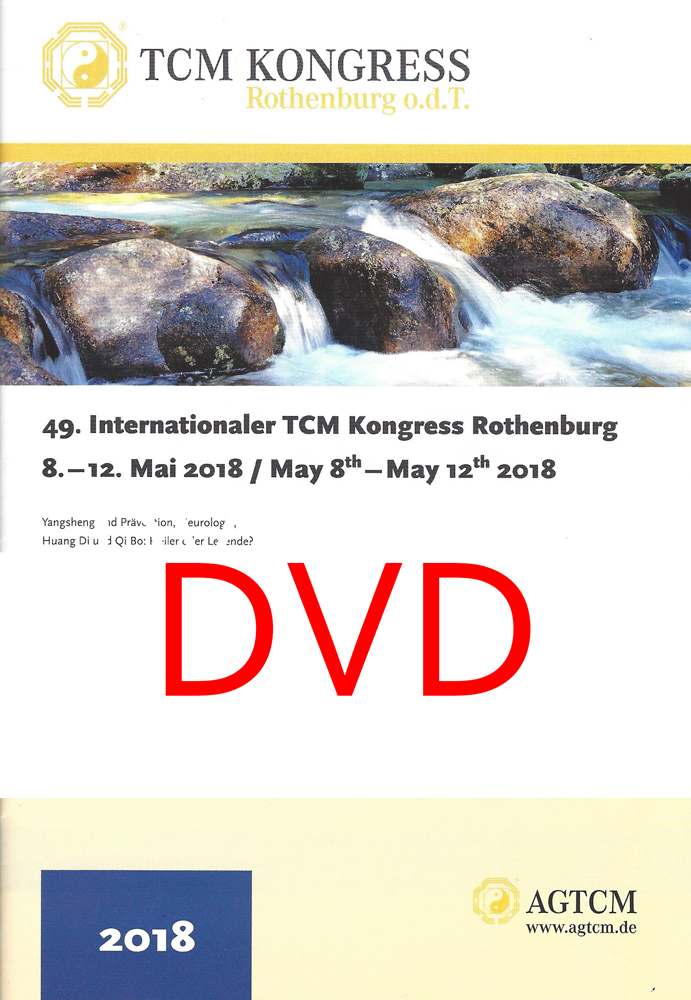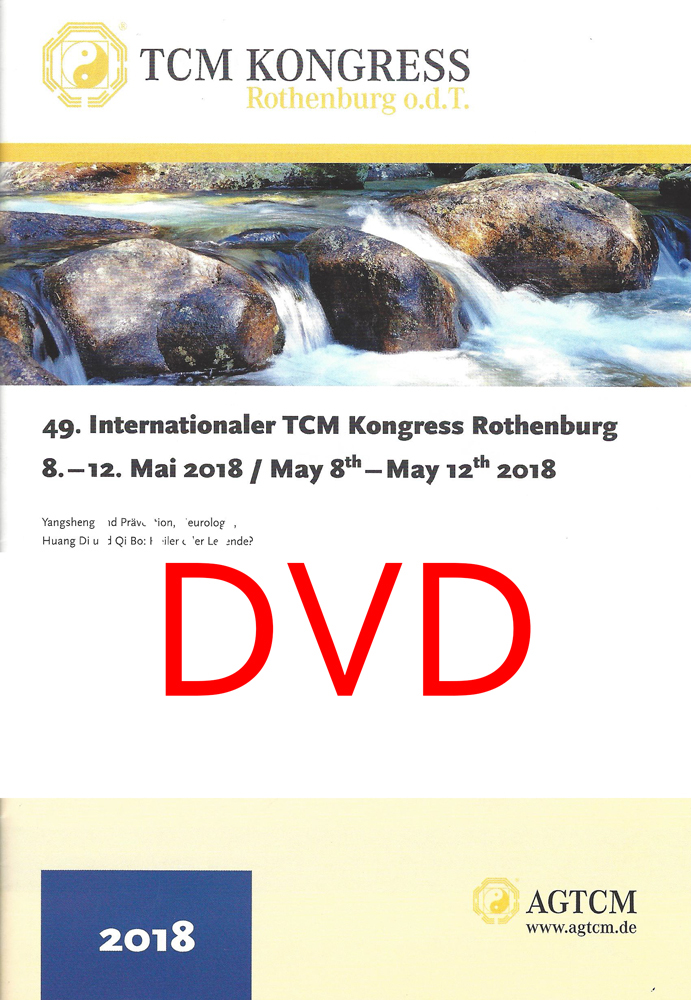Japanese acupuncture
Books on Japanese acupuncture (according to Matsumoto/Euler/Birch)
What is Japanese Acupuncture?
The Japanese acupuncture is part of the Asian medicine and differs by:
- the acupuncture needle
- penetration depth and
- Stimulation of Chinese acupuncture.
Matsumoto´s, Clinical Strategies, Birch´s Haradiaosigns or Wernicke´s Shonishin, show why. The book by Shudo Denmei is suitable as an introduction to meridian therapy. There are also some instructional videos about Japanese acupuncture. Japanese acupuncture differs from Chinese mother medicine in numerous ways.
- The needles are thinner
- painless embroidery techniques thanks to a guide tube
- as well as subtle moxa techniques and finest moxa herb.
Especially through the palpation of the meridians, the dots and the abdominal wall we try to understand the language of the body. Also the Korean hand acupuncture offers many advantages, here all points are represented on the hand. There are no risks of organ injury as in classical acupuncture. The hand is quick and easy to reach. Hand and nail massage can also be applied. This is also an ideal method for self-treatment and easy to learn.
3 Steps of Korean Hand Acupuncture
In Korean hand acupuncture there are three stages of therapy.
- First, the painful part of the body on the hand is looked for and treated directly, this is the correspondence therapy.
- In the second stage, the three warmers (upper, middle and lower) are regulated. This is the basic therapy to balance the abdomen, nervous system and lumbar region.
- The third stage is the organ stage, where in body acupuncture we acupuncture the acupuncture points directly on the meridians.
The origin of Korean hand acupuncture (KHT) was developed in 1971 by the Korean acupuncturist Dr. Yoo Tae-Woo. He discovered more by chance that bodily functions and ailments can be influenced by the stimulation of corresponding points on the hands. Today the KHT is an internationally established therapy in South Korea and is taught at universities throughout the country. In each hand all meridians with their approx. 360 points are doubly present. Not only the position of the meridians corresponds to the body meridians, but also the points are selected according to the same criteria as for body acupuncture.

